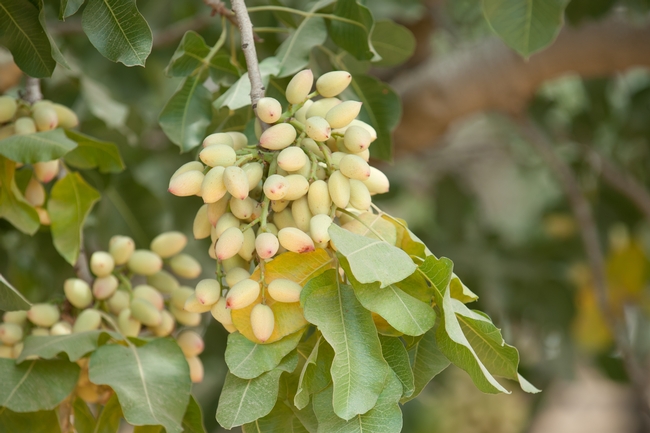
Sumner leads the UC Agricultural Issues Center, where scientists study such topics as international markets, invasive pests and diseases, the value of agriculture research and development and the rural environment.
The reason for drought's lack of impact on produce prices can be traced to the state's geography, water infrastructure and the economics of its agricultural industry, the op-ed says.
"The Sacramento and San Joaquin valleys are home to significant production of alfalfa, silage, rice, cotton and other so-called field crops, but are also a major source of fresh produce, including peppers, melons, grapes, oranges, tree nuts and tomatoes. Farmers in these valleys have typically relied on a mix of pumped groundwater and surface water deliveries via both the Central Valley Project—a huge network of dams, reservoirs and canals—and the larger California State Water Project. Most farmers, however, will receive no water from the CVP for the second year in a row, and the SWP is delivering only a fraction of normal allocations.
"This, coupled with much higher groundwater pumping costs as more and deeper wells are required, has forced many farmers to shift out of thirsty field crops. But this decreased production has minimal effects on food prices because California accounts for a small share of the supply, or because these crops affect food prices only indirectly. For example, fewer acres of corn silage makes it more expensive to feed milk cows, but the subsequent effect on the price of cheese is small. Fresh produce, which generates high revenue per unit of water consumed, continues to be planted."
The authors said the water bond voters passed in November 2014 and new regulations on groundwater use enacted by the state legislature is help, eventually. Some farmers are adjusting planting schedules and shifting crops between growing regions to adapt. Others are rerouting water from annual field crops, which can be left unplanted for a year or two, to permanent crops such as fruit and nut trees.
Even if water remains short for the next 10 years, an adequate supply of fresh fruits and vegetables should not be a concern, the authors wrote. "In a global market, produce suppliers from the U.S., Mexico, Chile and beyond compete to keep prices low," they said.